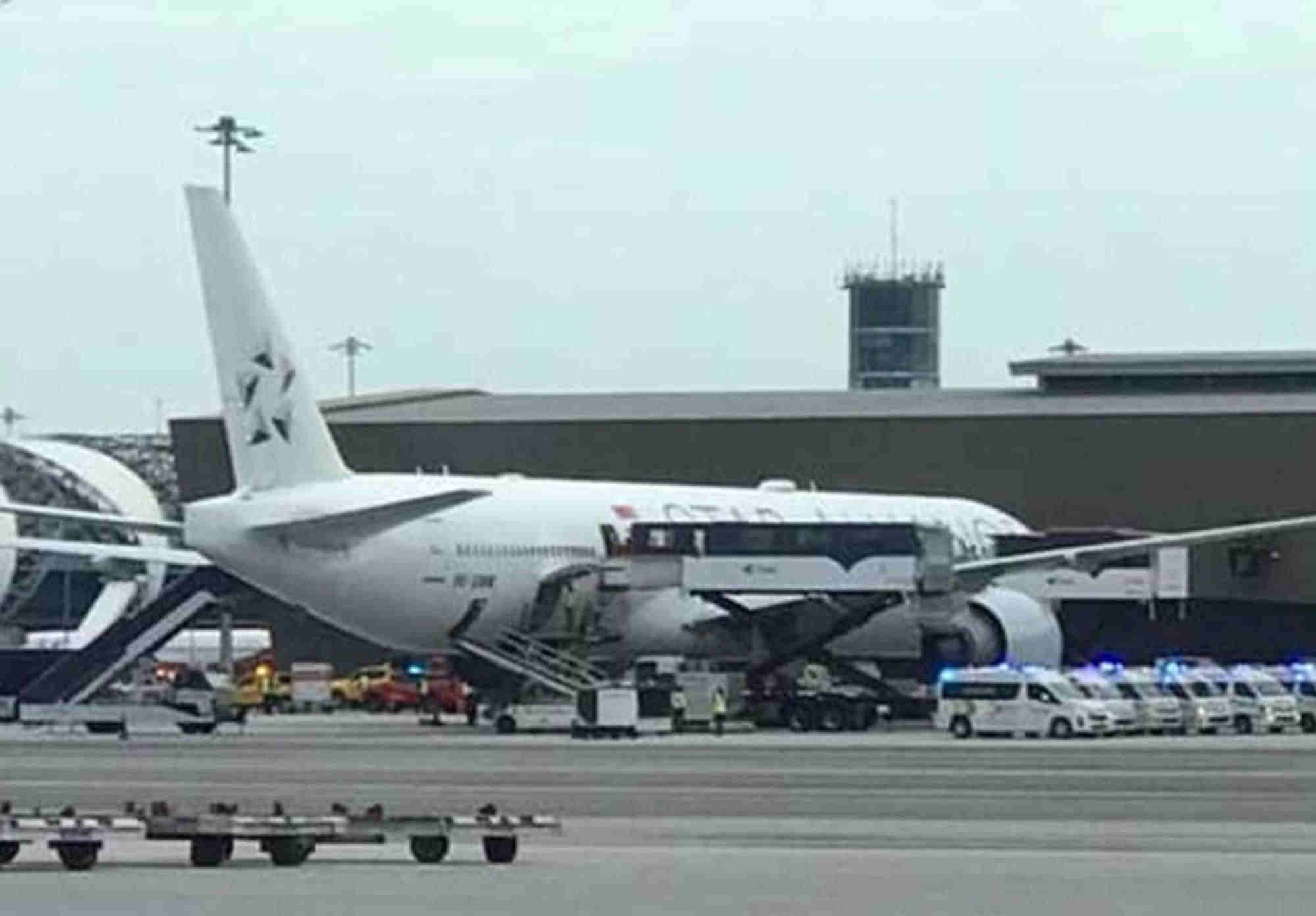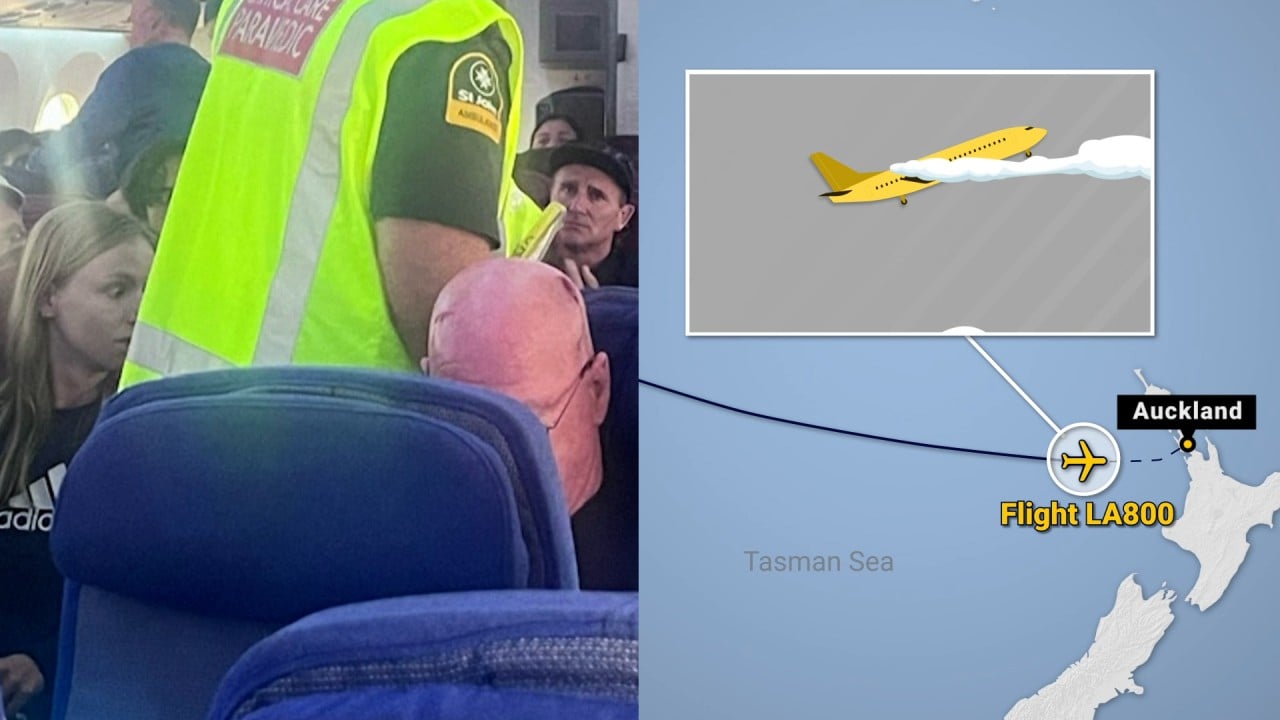Most cases of turbulence are experienced only as a mild shaking in the aircraft and a slight loss of elevation. In rarer, more severe cases, passengers and crew members can be injured, however.
Especially dangerous is what’s known as “clear air turbulence” since this often occurs without any advanced warning – in other words without any chance to fasten your seat belt.
This form of turbulence “is hazardous to aircraft and is projected to intensify in response to future climate change,” say the authors of a 2023 study from Reading University in the UK.
In 1979 clear air turbulence totalled 467 hours over the North Atlantic, while in 2020 the figure was 547 hours, the researchers say. Turbulence not only poses a risk of injury to passengers, but also to the plane itself. “Every additional minute spent traversing turbulence causes fatigue and increases wear-and-tear on the airframe,” the study authors write.
According to figures from the US Federal Aviation Administration, 163 people suffered “serious turbulence injuries” on flights to or from US airports between 2009 and 2022.

There can be different causes, and one major one is the jet stream, says Jens Heider, an aeronautical engineer and pilot with the German aviation and space centre (DLR). “These are strong fields of wind in the upper troposphere, 8–12 kilometres high and which, depending on the region and season, can vary greatly in strength.” Jet streams emerge from horizontal temperature differences in the atmosphere.
Turbulence can be created in and around thunderstorm areas with their rising warm air and sinking cold air. When possible, pilots try to fly around them.
Topography can also play a role. “Mountain chains can raise the entire air package,” Heider explains. Research shows that the most turbulent air routes are located above mountains.
“Regions over western ocean basins are hotspots for diagnosed clear air turbulence,” the Reading University study authors write. “This is partly because jet streams tend to be fastest over the ocean, due to the low surface roughness compared to the land.”
The researchers also said it also partly came down to there being a “large zonal temperature contrast” between the ocean and continent.
This is turbulence that can’t be seen with the naked eye, since it is located in cloud-free air. It is caused by the collision of significantly different air masses travelling at very different speeds. Heider says that in technical jargon, these are actually associated with jet streams. “But it’s a question of definition.”
An air pocket is a rather scary moment when the aeroplane suddenly drops, Heider explains. “The plane is flying in an area where, all around it, the air is sinking – and so the plane also sinks.”
The wings bend and the fuselage is shaken up. You might think that an aeroplane could break apart in strong turbulence. But Heider is reassuring on this, saying that in view of the strict and extremely security-driven construction regulations for modern planes, it is extremely unlikely.
“According to everything we know so far about the forces that occur during turbulence, this can even be ruled out,” the aeronautical engineer says.
The weather forecasts that pilots receive while preparing a flight, mean they know where possible turbulence can be expected. But, while thunderstorms and cloud formations with their expected strong winds can often be seen with control systems, this is not always the case with clear-air turbulence. New apps might help in this area.
If the sheer thought of turbulence is triggering panic and nausea in you, then you can look up your flight’s turbulence forecast on Turbli.com. You enter your departure and destination airports and see how rough the flight is likely to be.
The website, which is completely free, gives you a graph of the flight’s predicted turbulence from take-off to landing, while also giving a forecast of any delays that headwinds might cause.
The site has a map of turbulence around the world and where they occur depending on altitude. According to the website’s operator, fluid mechanics engineer Ignacio Gallego-Marcos, the forecasts are based on weather models from the US weather agency NOAA and the UK’s Met Office weather service.
Pilots are trained in handling turbulence, and they can at any time – even if the plane is on autopilot – intervene manually. Other cockpit crews flying the same air space can then react, and as far as possible and coordinating with air traffic control, try to fly around critical areas.
This can mean flying higher or lower, or even choosing a different route, according to the Federal Association of the German Air Transport Industry.
If pilots are expecting turbulence, they will turn on the fasten seat belt signs. They might also ask the cabin crew to interrupt their service. “If you have flown into turbulence and people are still standing in the aisle, it is too late,” Heider says.
That means that prevention is the best measure for pilots and crew to take – but also passengers. Because turbulence sometimes is heavy and comes without any warning, the general rule is, except when getting up to stretch one’s legs or go to the toilet, always to remain seated with the seat belt fastened – even when the seat belt sign is off.


